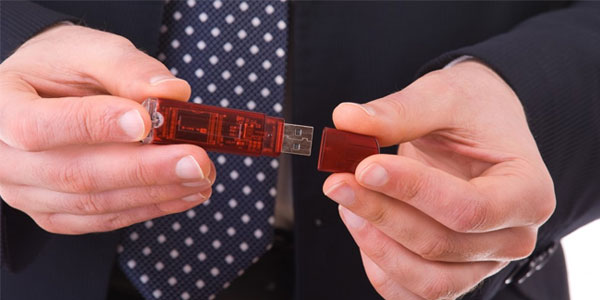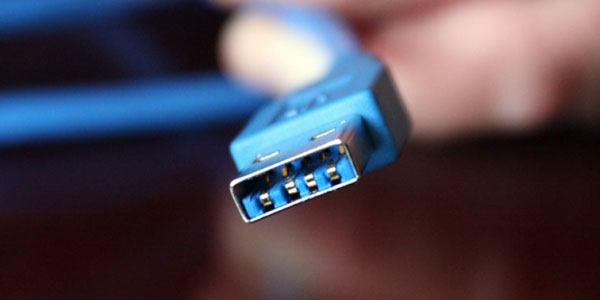
At IDF 2014, in China, Intel released more details about the new revision of the USB technology, the version 3.1. The update was announced in 2013 by the USB Promoter Group and it may be formally approved in the next few months.
The USB 3.1
The USB 3.1 comes with a new connector named USB Type-C and it will replace the standard connectors as well as the microUSB one. It will also feature the bi-directional connection, it will be reversible and will be more robust than the current design in use.
Beside the transfer speed upgrade, the USB 3.1 will be able to provide a power of up to 100W, 5A @ 20V, to the devices connected through it. Because of this, a path is drawn for the reinvention of the desktop computers. The new revision of USB is likely to make power and other cables disappear as monitors and laptops will be able to use the USB connectors to provide power and transfer data.
In the near future, the single connector model of platforms will be the downfall of our desktop computers, as we know them now. With this technology, a laptop could support two or more daisy-chained displays and it wouldn’t need a dedicated graphics card. This way, the monitors will be turning into permanent, desk-bound hubs.
Also, when we look at this from the opposite angle, a monitor could power and charge the laptop connected to it through the same USB cable. And will be able to do this while supporting other small devices like input peripherals, webcams, speakers and so on.
Even thou very little time passed from its announcement, the USB 3.1 received some criticism about its design. This is primary aimed at the ‘tongue’ design, which is considered less reliable than Apple’s MagSafe power connector that is magnetic.
But if everything goes well, we expect the connectors to be available by the end of the year. Also, smartphones will need to support this technology and by 2015, we think that their transition period will end. Of course, during this time, we expect to see in the market a surge of convertors and adapters for our, already old, devices.

